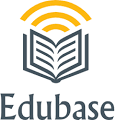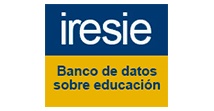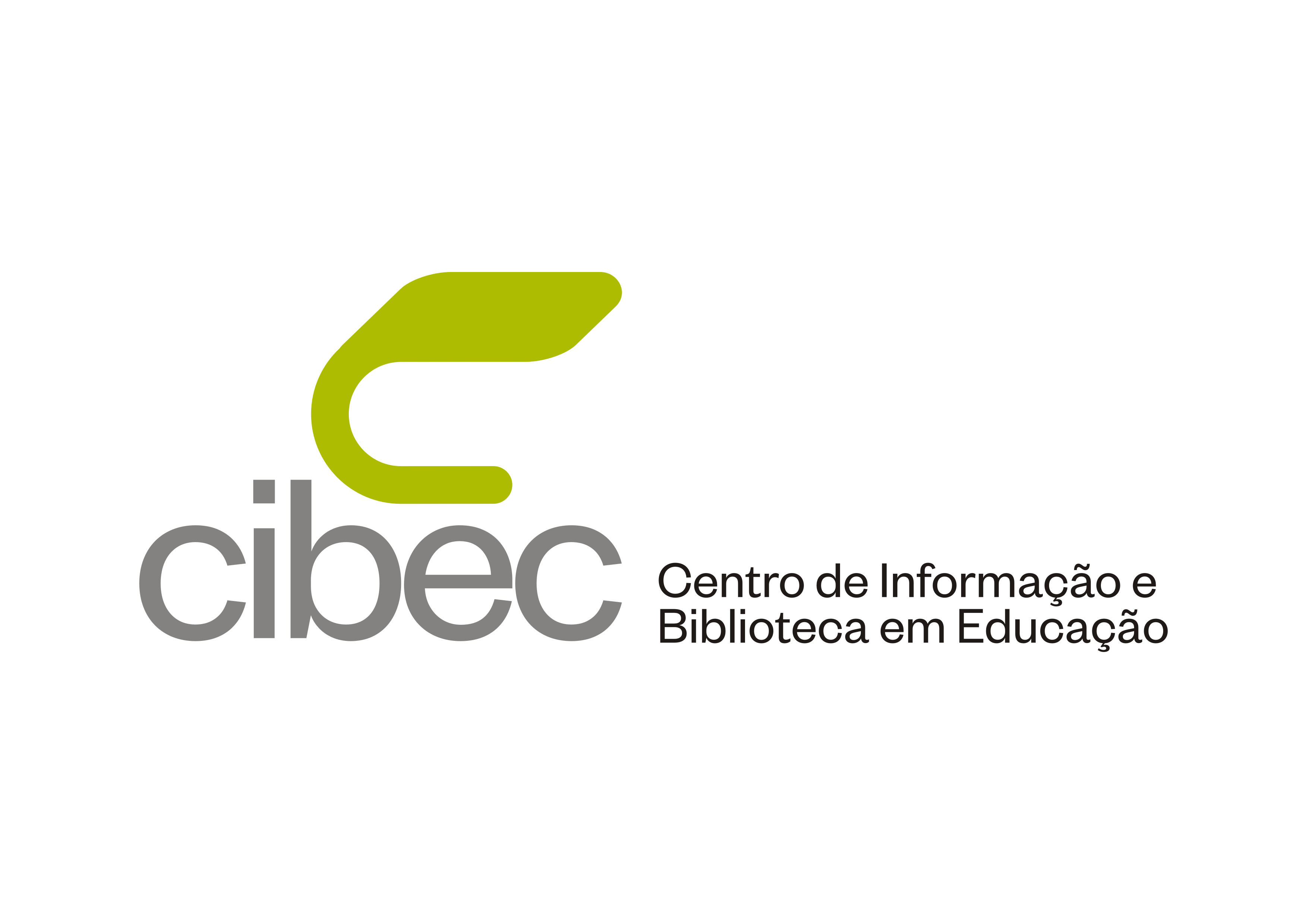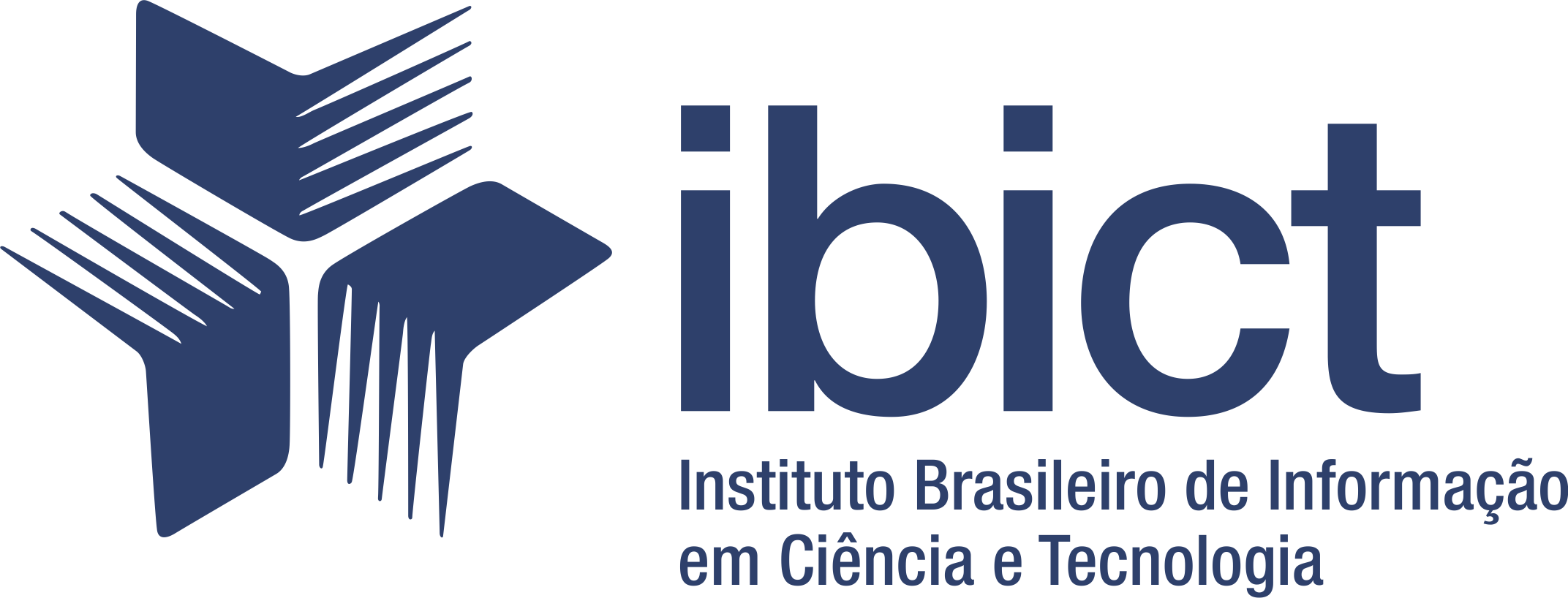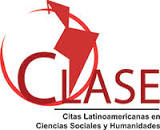SUPLLY CONDITIONS IN SECONDARY SCHOOL IN ALAGOAS AND GOIÁS STATES: CHALLENGES TO SUCCESSFUL PERMANENCE
DOI:
https://doi.org/10.5216/ia.v47i3.72179Abstract
This article approaches the supply conditions in Secondary School in Alagoas and Goiás states. Indicators from the School Census of 2016 and 2019 were used. Dialectics was adopted as a theoretical-methodological approach. The study points out the educational inequalities between two states of the same nation and the distance that both are from the materialization of what is proposed in the goals of National Education Plan (2014-2024). Data analysis revealed challenges related to the school and to the teacher. It is relevant and urgent that all young people between the ages of 15 and 17 attend the Secondary School, as well teachers have adequate training and working conditions and, last but not least, that schools with adequate infrastructure.
KEYWORDS: Educational Policies. Secondary School. Infrastructure. Work Conditions.
Downloads
Published
How to Cite
Issue
Section
License
Copyright (c) 2022 Mônica de Morais Sampaio Silva, Gilvan Luiz Machado Costa

This work is licensed under a Creative Commons Attribution-NonCommercial 4.0 International License.
Inter-Ação uses the Creative Commons Attribution 4.0 License for Open Access Journals (Open Archives Initiative - OAI) as the basis for the transfer of rights. Open access means making documents available on the Internet free of charge, so that users can read, download, copy, distribute, print, search, or link to the full text of documents, process them for indexing, use them as input data for software programs, or use them for any other lawful purpose, without financial, legal, or technical barriers.
Authors publishing in this journal agree to the following conditions:
1) Authors retain copyright and grant the journal the right of first publication, with the work simultaneously licensed under the Creative Commons Attribution License, which permits redistribution of the work with attribution and first publication in this journal.
2) Authors are permitted to enter into additional, separate agreements for non-exclusive distribution of the version of the work published in this journal (e.g., for publication in an institutional repository or as a book chapter), with attribution and first publication in this journal.
3) Authors are permitted and encouraged to publish and distribute their work online (e.g. in institutional repositories or on their home page) at any time before or during the editorial process, as this may generate productive changes as well as increase the impact and citation of the published work.






